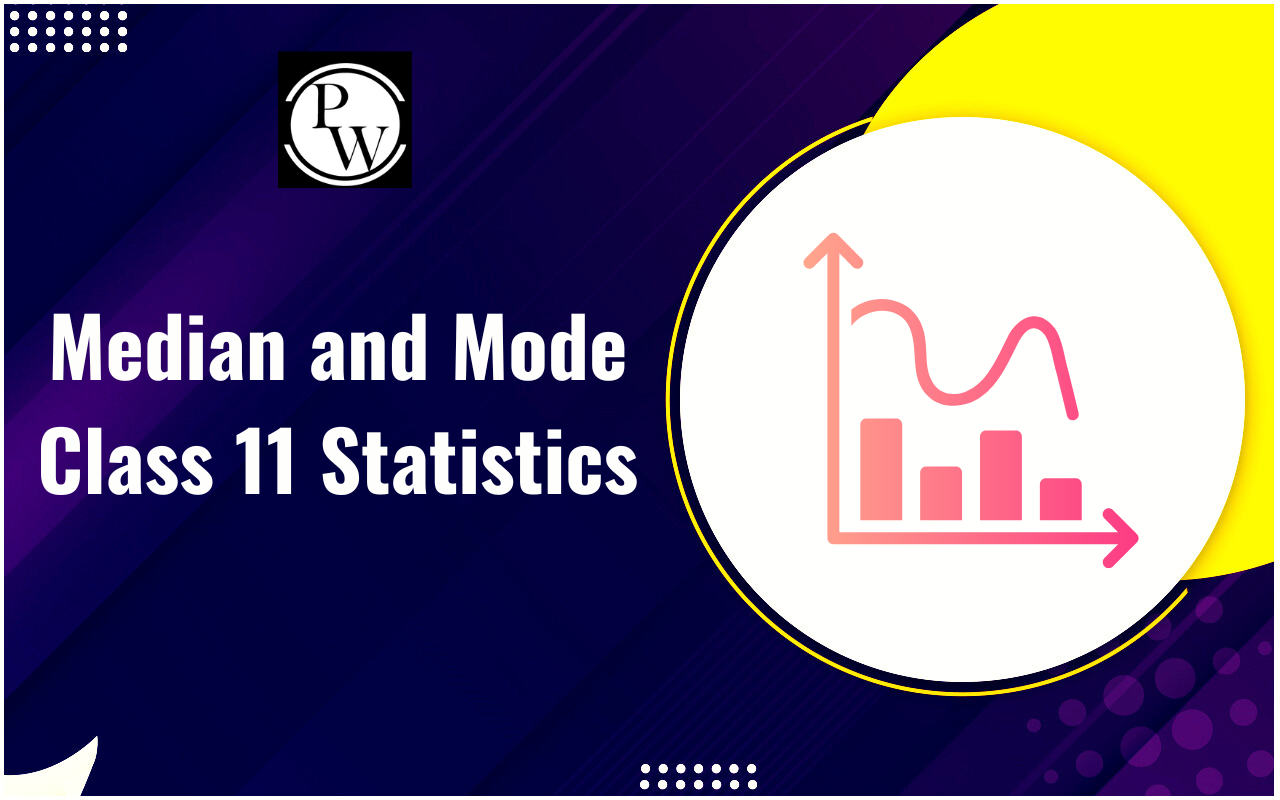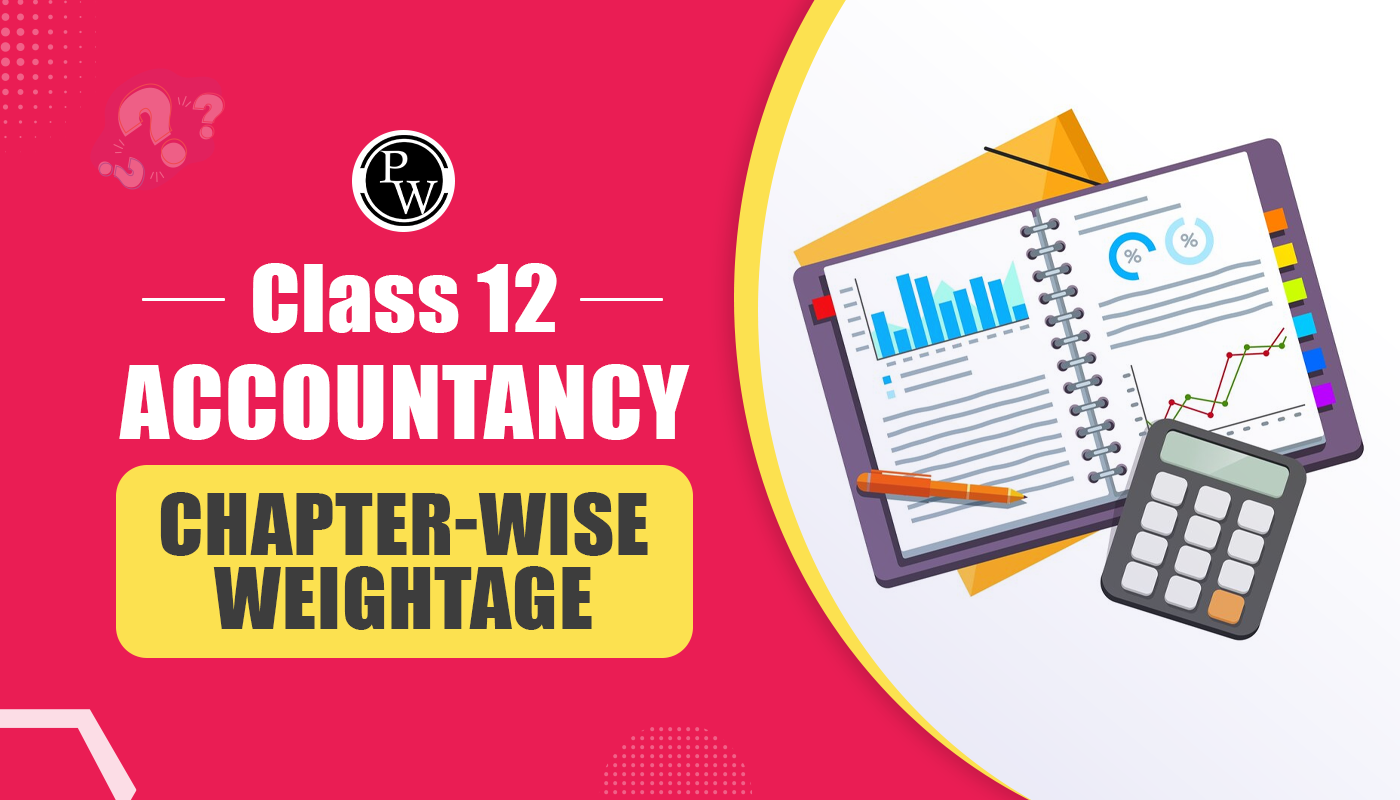
Electronic spreadsheets are powerful digital tools designed to organise, analyse, and store data in a tabular format. Unlike traditional paper-based spreadsheets, electronic spreadsheets leverage the capabilities of modern computing to perform complex calculations, generate dynamic visualisations, and easily manage large datasets. The grid-like structure of rows and columns allows users to input and manipulate data efficiently, making spreadsheets essential in various fields such as business, finance, education, and research.
Electronic spreadsheets enhance productivity and accuracy with features like automated calculations, data validation, and real-time collaboration. They transform how we handle and interpret data. As indispensable tools in today's data-driven world, they empower users to make informed decisions and streamline workflows.What is an Electronic Spreadsheet
An electronic spreadsheet is a digital tool for organising, analysing, and storing data in a tabular format. It consists of a grid of cells arranged in rows and columns, each cell containing text, numbers, or formulas. Spreadsheets are used extensively for tasks ranging from simple data entry to complex financial modelling and analysis.| Also Read | |
| What is Demonetisation | Foreign Trade in India During the Colonial Rule |
| Intermediate Good | Elasticity and Expenditure |
Features of an Electronic Spreadsheet
Electronic spreadsheets are versatile tools that significantly enhance data management and analysis capabilities. They offer a range of features that streamline various tasks, making them indispensable in many professional and personal contexts. Here are some of the key features:- Cells : The basic unit in a spreadsheet, each cell can hold a single piece of data, such as a number, text, or formula. Cells are identified by their row and column labels (e.g., A1, B2).
- Rows and Columns : Spreadsheets are organised into rows (horizontal) and columns (vertical). Rows are typically numbered, while columns are labelled with letters.
- Formulas and Functions : One of the most powerful features of spreadsheets is the ability to perform calculations using formulas. Formulas can include basic arithmetic operations as well as more complex functions like SUM, AVERAGE, IF, and VLOOKUP.
- Data Organization : Spreadsheets allow for efficient data organisation and sorting. Users can easily filter data, sort by different criteria, and create dynamic lists.
- Charts and Graphs : Spreadsheets can generate visual representations of data through charts and graphs, making it easier to identify trends and patterns.
- Data Analysis Tools : Advanced spreadsheet features include pivot tables, data validation, conditional formatting, and scenario analysis, which help users analyze large datasets and derive insights.
Advantages of Electronic Spreadsheets
Electronic spreadsheets offer numerous benefits, making them indispensable tools in various fields, from business and finance to education and research. Here are some of the key advantages:- Efficiency and Speed : Automated Calculations: Formulas and functions allow for instant calculations, significantly speeding up tasks that would take much longer if done manually.
- Data Manipulation : Quickly sort, filter, and organise large datasets without extensive manual effort.
- Error Reduction : Automated calculations minimise the risk of human error, ensuring more accurate results.
- Data Validation : Features like validation and conditional formatting help prevent data entry errors.
- Flexibility : Customizable: Spreadsheets can be tailored to meet the specific needs of any project or business process.
- Wide Range of Applications : Suitable for tasks ranging from simple data entry to complex financial modelling and statistical analysis.
- Charts and Graphs : Built-in tools for creating various types of charts and graphs help in visualizing data trends and patterns, making it easier to interpret and present data.
- Conditional Formatting : Highlight important data points or trends within the dataset to identify key information quickly.
- Cloud-Based Solutions : Tools like Google Sheets allow real-time collaboration, enabling multiple users to work on the same document simultaneously from different locations.
- Sharing and Permissions : It is easy to share with others and set permissions for viewing or editing, facilitating teamwork and information sharing.
Begin your journey towards academic excellence in Commerce with our comprehensive Class 11 Commerce courses . Master the CBSE syllabus with expert guidance and ace your exams. Enroll now!”
Difference Between Cost of Debt and Cost of Equity FAQs
What is the concept of a spreadsheet?
A spreadsheet is a tool for storing, manipulating, and analysing data. Data is organised into rows and columns, allowing it to be searched, sorted, calculated, and represented through charts and graphs.
What is an electronic spreadsheet function?
An electronic spreadsheet function is a predefined formula that performs calculations using specific values in a particular order. Common functions included in all spreadsheet programs help users quickly find the sum, average, count, maximum, and minimum values for a range of cells.
Why are electronic spreadsheets important?
The primary benefit of electronic spreadsheets is their ability to easily run analyses and rerun them using different sets of assumptions. This flexibility allows for dynamic data manipulation and helps users make informed decisions based on various scenarios.
Talk to a counsellorHave doubts? Our support team will be happy to assist you!

Check out these Related Articles
Free Learning Resources
PW Books
Notes (Class 10-12)
PW Study Materials
Notes (Class 6-9)
Ncert Solutions
Govt Exams
Class 6th to 12th Online Courses
Govt Job Exams Courses
UPSC Coaching
Defence Exam Coaching
Gate Exam Coaching
Other Exams
Know about Physics Wallah
Physics Wallah is an Indian edtech platform that provides accessible & comprehensive learning experiences to students from Class 6th to postgraduate level. We also provide extensive NCERT solutions, sample paper, NEET, JEE Mains, BITSAT previous year papers & more such resources to students. Physics Wallah also caters to over 3.5 million registered students and over 78 lakh+ Youtube subscribers with 4.8 rating on its app.
We Stand Out because
We provide students with intensive courses with India’s qualified & experienced faculties & mentors. PW strives to make the learning experience comprehensive and accessible for students of all sections of society. We believe in empowering every single student who couldn't dream of a good career in engineering and medical field earlier.
Our Key Focus Areas
Physics Wallah's main focus is to make the learning experience as economical as possible for all students. With our affordable courses like Lakshya, Udaan and Arjuna and many others, we have been able to provide a platform for lakhs of aspirants. From providing Chemistry, Maths, Physics formula to giving e-books of eminent authors like RD Sharma, RS Aggarwal and Lakhmir Singh, PW focuses on every single student's need for preparation.
What Makes Us Different
Physics Wallah strives to develop a comprehensive pedagogical structure for students, where they get a state-of-the-art learning experience with study material and resources. Apart from catering students preparing for JEE Mains and NEET, PW also provides study material for each state board like Uttar Pradesh, Bihar, and others
Copyright © 2025 Physicswallah Limited All rights reserved.









